In respect for others
- A continuation to the lecture on culture
-
Goals and objectives:
-
- Students are able to:
- to recognize and understand the relationship that exists between religion and culture, in dynamics of the world today
- To explore the principles (knowledge) for cooperative living and mutual understanding
- to learn to appreciate values of otherness
Opening: 15 minutes
It is not my attention to play a role of historian of religion or a philosopher of religion while developing this lesson play today. Although I have been teaching philosophy of religion for several years. An explanation about the essence of religion, its characteristics, influence and its role in the world today I would live to those who are great names of expertise for above – mentioned fields. However, it is undoubtedly that religion plays a significant role in the era of global society. We glorify words of Dalai Lama or pope Francis while believe that their words will heal wounds of many in the world. Perhaps we believe in healing power in teaching of sufism too. We tend to find peace in principles of Zen or Dao buddhism too. We cry, judge, condemn, perhaps even curse when someone is killed or wound in the name of divinity. We forgive or do not forgive.
It is indisputable that religion influences movements, constructive and destructive, both to make a change in the world. The sad fact is that today we witness to more horrifying scenes than it could have been imagined in 1945. or in 1948. when the people of the world, united in the United Nations, swore not to experience atrocities ever again.
We want for our students to become the people who appreciate values of others. So, here is a question raised should we need to talk more about connection between religion and culture, about the place of religion in culture. I could not find a place for this lecture exclusively in context of Religious knowledge system chapter nor in Indigenous knowledge system chapter too. Although I appreciate both. So I decided to find one more small place for a discussion about culture, religion and knowledge.
There is no a society in the world that does not possesses a certain belief or a religion. When talking about beliefs in a religion, in particular, many people use it when need to explain to themselves the meaning and purpose of life, reasons for existence, how to define relations with other people etc. Philosophers of religion would say that religion, no matter of our opinion about it, offers very important cognitive and integrative function, beside the emotional one, for instance. For many people in the world religious scriptures are the source from which they learn how to behave on everyday level. For many these scriptures are guidelines for doing or abstaining of certain acts. For many, religion is a home, shelter and a safe place.
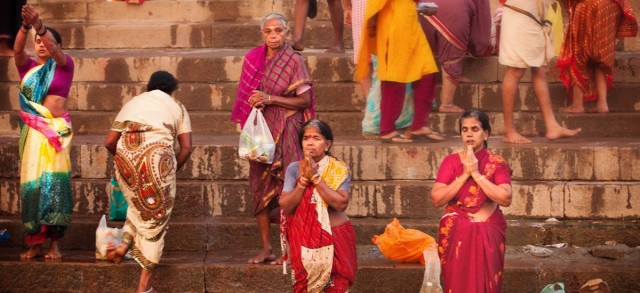
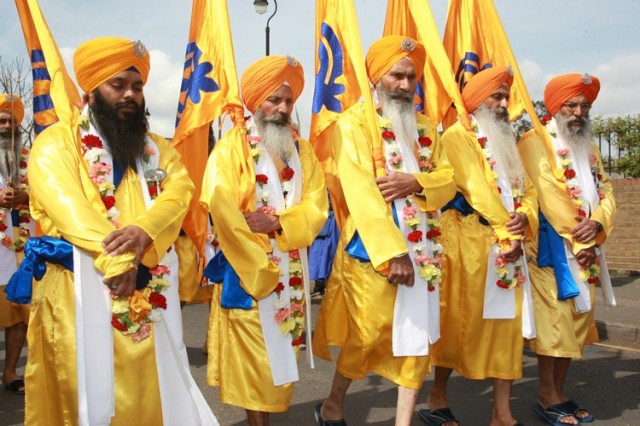
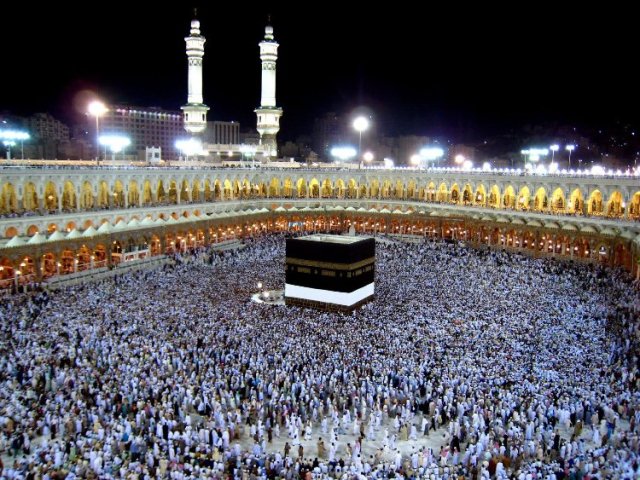
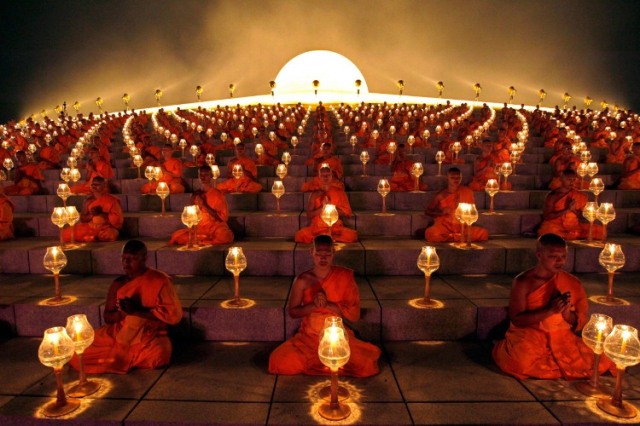

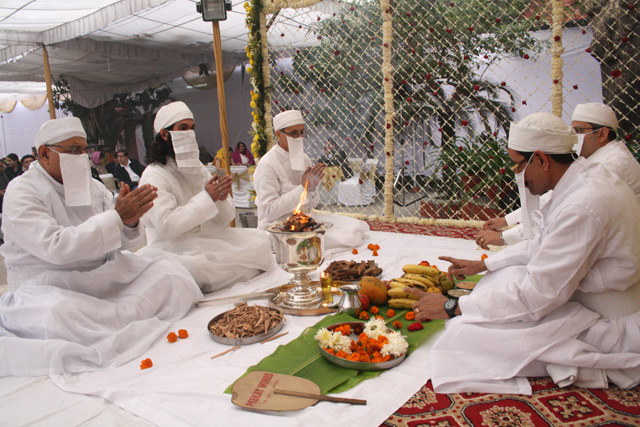
At the beginning of a class, after an introductory part, students introduce definition of religion. To memorize the definition is not mandatory. Understanding is everything we need. Students might be asked, in a form of a short discussion, before the definition of religion is given, what is religion in their opinion? What are the most important elements of religion? Where is the place of religion in culture? Where is the spot of connection between religion and culture?
Religion might be understood as a system of beliefs and practices which regulates relations between human being and sacred or divinity (divinities). Religion is defined by specific elements: dogmas, religious laws, sacred books, rites, worship, sacrament, moral obligations, interdicts, structure.
But religion is also set of beliefs that are in the core of spiritual life of some indigenous society (or a group) too. For the difference of a momentum when a misuse of religious beliefs is on scene, comitted in the name of some destructive ideology.
Six different pictures are shown to students. Scenes on every picture represent moments of celebrating different holidays in Hinduism, Sikhism, Islam, Buddhism, Christianity and Zoroastrianism.
- Students are invited to take a role in a discussion about the pictures shown .
- What do they notice when observe these picture? Diversity in cultures?
- For what we appreciate in all religions?
Development: 60 minutes
- values and principles
- a case study
- religions, culture and development
The World Conservation Union (IUCN), the Worldwide Fund for Nature (WWF) and the United Nations Environment Program (UNEP) identified common beliefs in all cultures for which they believe that might represent a foundation for ethics of sustainable living. The experts of these bodies of United Nations claim that social justice values and conservative values might go hand by hand with social justice, equality, equity, peace and just system of governing societies.
They say that social values which are found in religions are:
- Meeting basic human needs
- Ensuring intergenerational equity
- Respecting values of human rights
while when identify conservation values they notify:
- Respecting the interdependence of all things
- Conserving biodiversity
- Living lightly on the Earth
- Respecting interspecies equity
Time for a study case (the example of the task is given first)
An example: Religious principles that we find in Buddhist religion and their culture:
- Harmony with nature
- Variety and diversity
- Quality of life
- Small is beautiful
- Self-reliance
- Co-operation and peace
Students are asked to identify similar principles in other religions. They might work in a pair group in this activity.
Similar to monotheistic religions, indigenous traditions often possess great wisdom on how to live in harmony with nature. Most of them, such as Aborigines in Australia have a significant knowledge of their environment with which they feel close connection and respect in the way that was almost forgotten in the bigger part of the world.
According to UNESCO World Report 2: Investing in Cultural Diversity and Intercultural Dialogue knowledge that might be find in people of indigenous societies is more then relevant for our future. From this report we can learn that the Garifuni people in Belize in Central America are guided by the following five principles:
- Unity
- All people are connected to the Earth in a common and interdependent whole.
- Reciprocity
- Every human being has a number of rights, but also mutual obligations and responsibilities.
- Co-operation
- Related to reciprocity, each individual has responsibilities for his/her brother or sister, just as each brother or sister has responsibilities for him/her.
- The importance of Mother Earth
- The land is sacred and can not be sold or bought.
- Respect for others
- People should be tolerant of the views, aspirations, values and beliefs of others. This includes respect for the rights of all species and for the spirit of life.
- Peaceful coexistence of religions in the world is one of assumptions for cultural diversity and for new perspectives to be open.
- According to Mary Evelyn Tucker and John Grim of the Forum on Religion and Ecology at Harvard University’s Center for the Environment the values that mold our perspective of nature “come primarily from religious worldviews and ethical practices”.
We live in the time of new possibilities. Let`s consider the fact that Dalai Lama XIV hold several speeches at the Earth Summit in 1992 and that he insists on environmental protection in his peace plan for Tibet. Then,
“Ecumenical Patriarch Bartholomew, a religious leader of the 250-million member Orthodox Church, has been in the forefront of bringing people together to study The Tsembaga people of New Guinea, for example, use ritual to allocate scarce protein for their people in a way that does not cause irreversible damage to the land. The Tukano of the Northwest Amazon employ myth and ritual to prevent overhunting and overfishing in their territory. the terraces, raising a ruckus by whooping and beating their tagtags.”
Source: Introduction, UNESCO (2009) UNESCO World Report 2: Investing in Cultural Diversity and Intercultural Dialogue, UNESCO Publishing.
-
Questions that might be identified:
- Under what circumstances conflicts might jeopardize cultural diversity?
- To what extent globalization might destroy cultural diversity?
- To what extent is possible to preserve cultural heritage in a process of globalization?
- Under what circumstances religious knowledge might affect culture, freedom and interdependence? (globalization too)
-
Closure: 15 minutes
- An open discussion about the lecture
Students are encouraged to raise questions in a form of knowledge questions
- An assignment for homework is given:
- to chose a religion for which they would like to explored
- in a form of a short essay (200 – 300 words) to identify three questions about the links between religion, religious beliefs, cultural values and ways of living in cooperation with members of other religions and with nature.
Religion is often understood as a source of a personal fulfillment. So as culture, it might be significant to personal and group identity. Various forms of cultural expression such as music, dance, literature, sport and theater provide enjoyment for many people. So religion too.
Cultural diversity is an important human right. It is a cornerstone of citizenship in any society. However, historical pressures and domestic political trends have limited the right to cultural autonomy and expression of some citizens.
References:
Introduction, UNESCO (2009) UNESCO World Report 2: Investing in Cultural Diversity and Intercultural Dialogue, UNESCO Publishing.
Religion and culture for sustainable future
http://www.unesco.org/education/tlsf/mods/theme_c/mod10.html
Gardner, Gary, Invoking the Spirit RELIGION AND SPIRITUALITY IN THE QUEST FOR A SUSTAINABLE WORLD
Grim, John and Tucker, Mary Evelyn, Yale School of Forestry and Environmental Studies Online Course: Introduction to Religion and Ecology F&ES 783E, REL 903H
Zarathushtra – The Revolutionary Iranian Prophet and First Philosopher in History
Dunn, Michael. Knowledge framework for religious knowledge systems
Pictures:
http://www.stolaf.edu/people/leming/soc265rel/
http://countriesinfo.com/top-5-largest-religions-in-the-world/
http://delhiparsis.com/2010/09/12/zoroastrianism-history-beliefs-and-practices/

